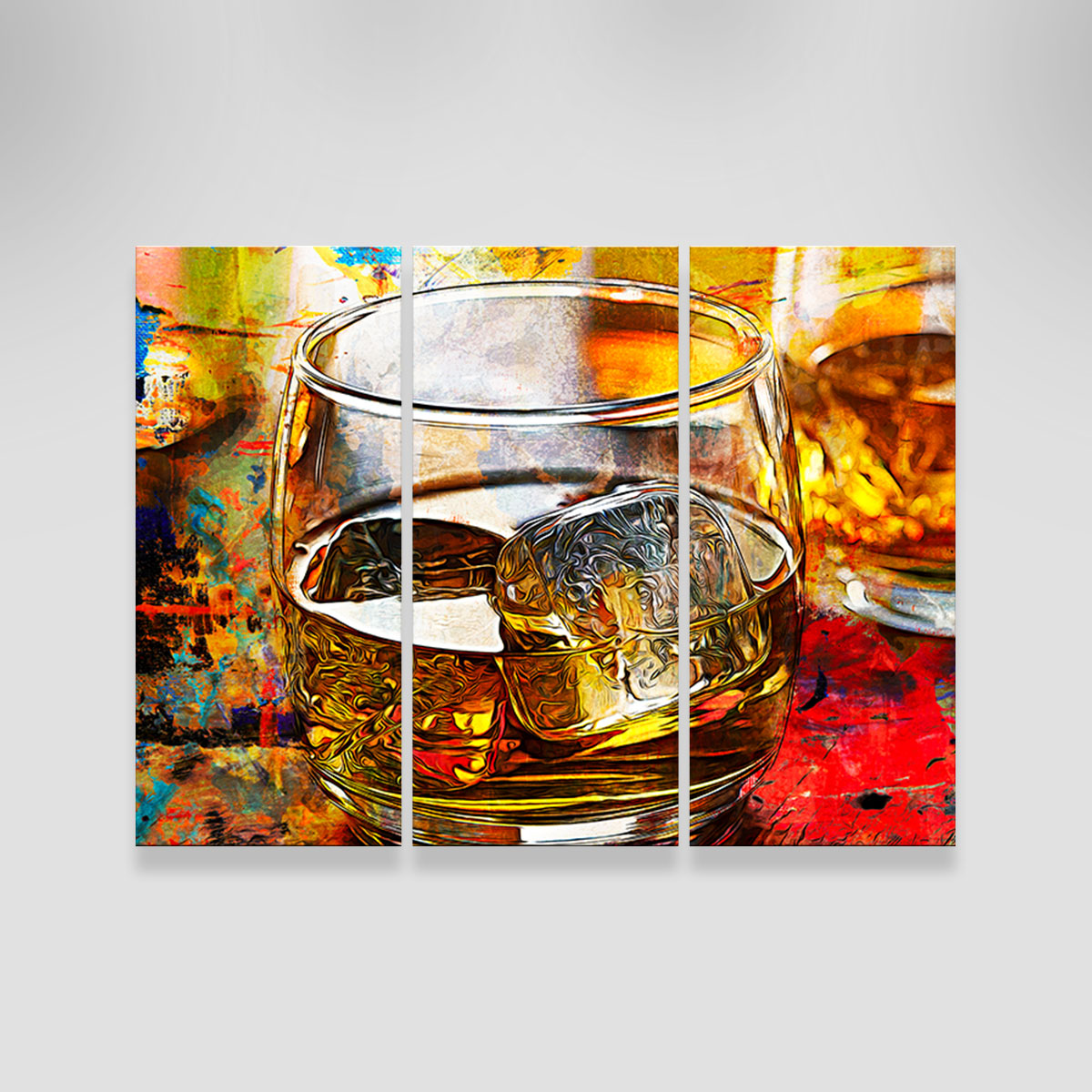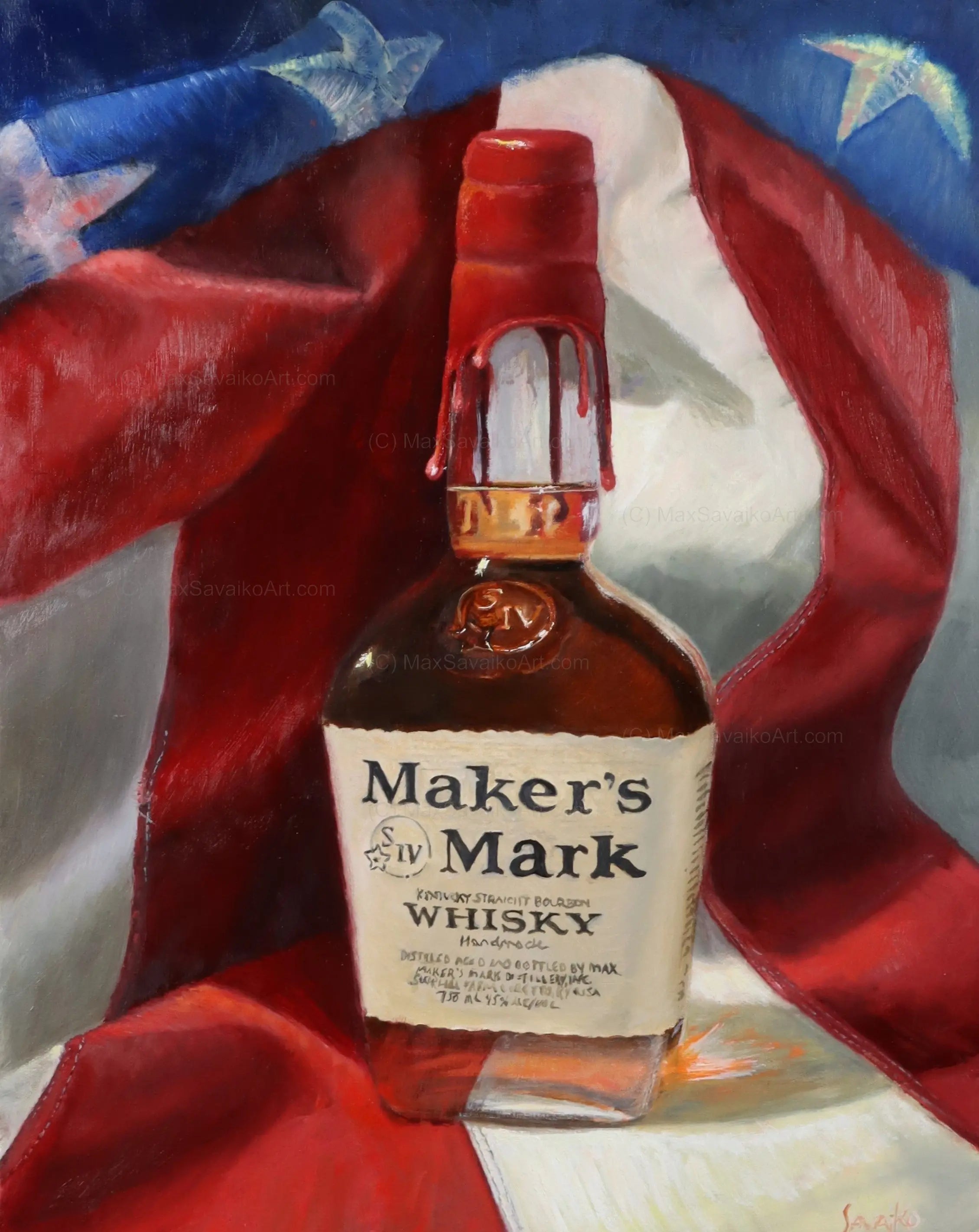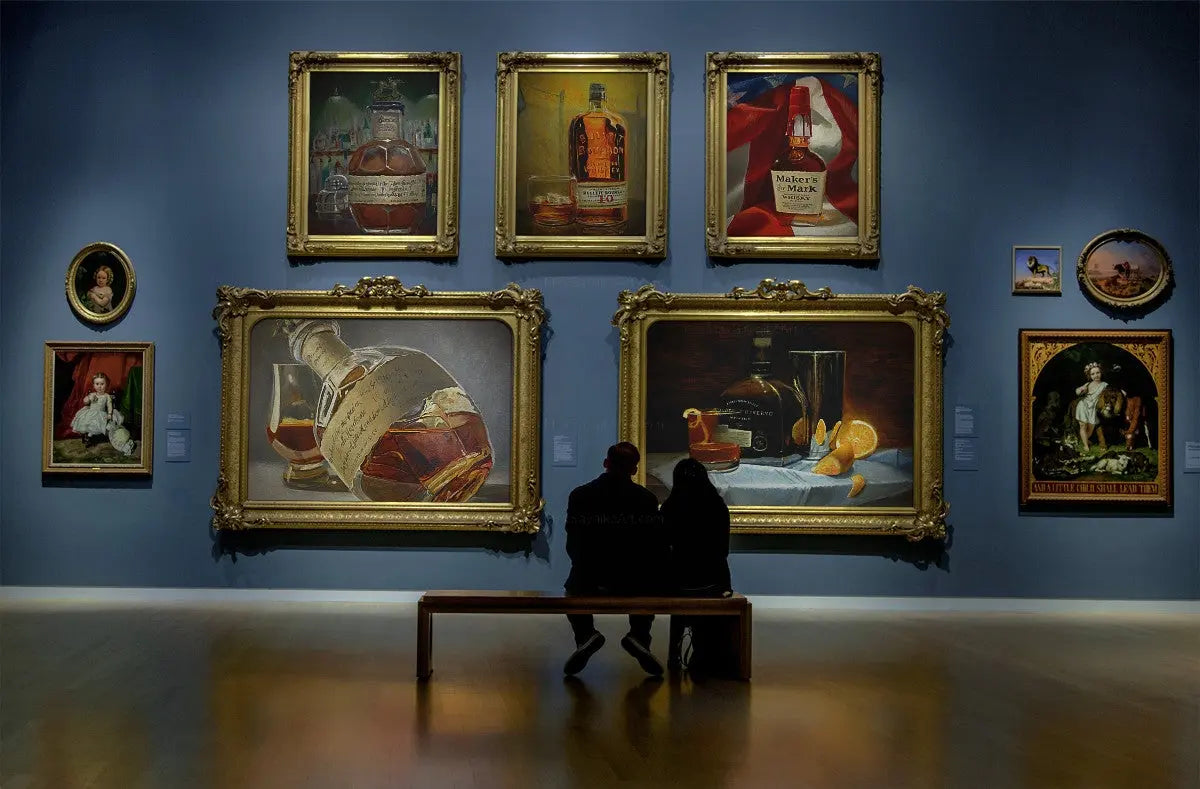The Appeal of Realism Art: A Deep Study Whiskey's Rich Heritage
The Appeal of Realism Art: A Deep Study Whiskey's Rich Heritage
Blog Article
The Value of Whiskey Art in Celebrating Heritage and Workmanship in the Beverage Sector
The elaborate partnership in between scotch art and the event of heritage and craftsmanship within the beverage industry can not be overstated. Through thoughtfully designed containers and labels, bourbon brand names envelop their historic roots and the artisanal skills that specify their manufacturing techniques. This creative dimension not only boosts market charm but additionally acts as a channel for social narration, fostering a much deeper connection between the customer and the craft. As we discover the numerous elements of this topic, intriguing concerns about the influence of contemporary patterns on conventional practices emerge, triggering further exam.
The Historic Roots of Whiskey
At the heart of scotch's attraction lies an abundant tapestry of historical origins that trace back to old worlds. The beginnings of scotch can be connected to the distillation techniques of the Sumerians and Babylonians around 2000 BCE, where early types of fermented grain drinks began to arise. Nonetheless, it remained in the Middle Ages that the art of purification evolved substantially, particularly in Ireland and Scotland, causing the creation of scotch as we recognize it today.
The term "whiskey" itself originates from the Gaelic word "uisce beatha," suggesting "water of life." This phrase highlights the social significance of whiskey in Celtic societies, where it was usually connected with rituals, events, and public bonding. By the 15th century, purification became a recognized craft within monastic areas, leading the way for the facility of lawful distilleries.
As profession routes expanded, whiskey's popularity grew, transcending regional limits and catching the passion of aficionados worldwide. Bourbon Art. This historical journey reflects not just the craftsmanship behind scotch production yet additionally its important role in social and social contexts, marking it as a substantial drink throughout history
Artistic Expression in Branding
Whiskey branding stands as an engaging intersection of creativity and business, where visual identification plays a critical duty in forming consumer perception. The appearances of scotch labels, product packaging, and advertising and marketing materials reflect not only the brand name's story but also its core worths and heritage. Via creative expression, distilleries communicate a narrative that reverberates with customers, evoking emotions and triggering links.
Using color, typography, and images in branding offers to distinguish items in a saturated market. For instance, typical themes may stimulate a sense of credibility and craftsmanship, while modern-day styles can signify technology and forward-thinking. This calculated artistic instructions boosts brand name recognition and commitment, allowing consumers to build a personal partnership with the whiskey they select.
Moreover, creative expression in branding typically acts as an event of local heritage. Distilleries frequently integrate neighborhood symbols or historical referrals into their designs, producing a sense of place that welcomes consumers to take part in a wider social experience. Ultimately, the creativity behind whiskey branding not just boosts visual charm yet additionally enriches the general story of the brand name, fostering a deeper appreciation for the workmanship and heritage ingrained in each container.
Workmanship in Container Design
The artistry obvious in bourbon branding expands past visual identity to incorporate the workmanship associated with container design. Each bottle works as a vessel not just for the spirit within, but additionally for the story it outlines its high quality, custom, and origin. The style process needs thorough focus to information, as aspects such as form, material, and closure add significantly to the total assumption of the bourbon.
Craftsmanship in bottle design entails picking top notch glass that can boost the whiskey's shade and clearness, while also offering a tactile experience for the consumer. The shape of the container should be both functional and visually enticing, typically mirroring the heritage of the brand. Several distilleries go with unique forms or embossed logo designs that stimulate a feeling of credibility and history.
Moreover, the tag layout and typography play a vital function in communicating the brand name's narrative. Realism Art. A well-crafted container not only astounds the consumer's eye yet likewise reinforces the brand name's commitment to top quality and custom. By doing this, the workmanship of bottle style becomes an essential aspect of the bourbon experience, merging virtuosity with a profound regard for heritage
Cultural Relevance of Whiskey Art
Commemorating practice and craftsmanship, the social importance of scotch art goes beyond simple looks, intertwining with the historic and social narratives of the regions where it originates. Each bottle acts as a canvas, depicting the one-of-a-kind stories, folklore, and practices that have actually shaped regional whiskey-making techniques. The intricate styles usually reflect the heritage of the distillers, incorporating signs and concepts that resonate with the culture and worths of their areas.

In addition, bourbon art plays a vital role in communal celebrations and parties, offering as a concrete web link in resource between people and their shared experiences. By appreciating the virtuosity in scotch product packaging, customers grow a much deeper understanding and regard for the craft, ultimately enriching their pleasure of the drink itself.
Modern Trends in Whiskey Presentation
In current years, the discussion of whiskey has advanced to reflect modern preferences and fads while still recognizing conventional workmanship - Bourbon Art. Distilleries are significantly concentrating on visual components that improve the general alcohol consumption experience, bridging the void in between heritage and modernity
Ingenious bottle layouts have actually arised, frequently including lasting materials and artistic tags that inform engaging stories. Lots of brand names now team up with regional artists, infusing their products with unique aesthetic expressions that resonate with customers. Additionally, limited-edition releases are often packaged in collectible containers, adding value and charm for lovers.

Verdict
In verdict, bourbon art serves as an important avenue for revealing the heritage and craftsmanship intrinsic in the drink industry. Via intricate branding, ingenious bottle styles, and culturally substantial artistic aspects, bourbon brands successfully honor their traditions and link with customers.


Workmanship in container style entails picking premium Your Domain Name glass that can enhance the whiskey's color and clearness, while also offering a tactile experience for the consumer. In this method, the workmanship of container layout ends up being an essential aspect of the whiskey experience, combining virtuosity with an extensive regard for heritage.
In verdict, whiskey art offers as a vital channel for sharing the heritage and workmanship inherent in the drink market.
Report this page